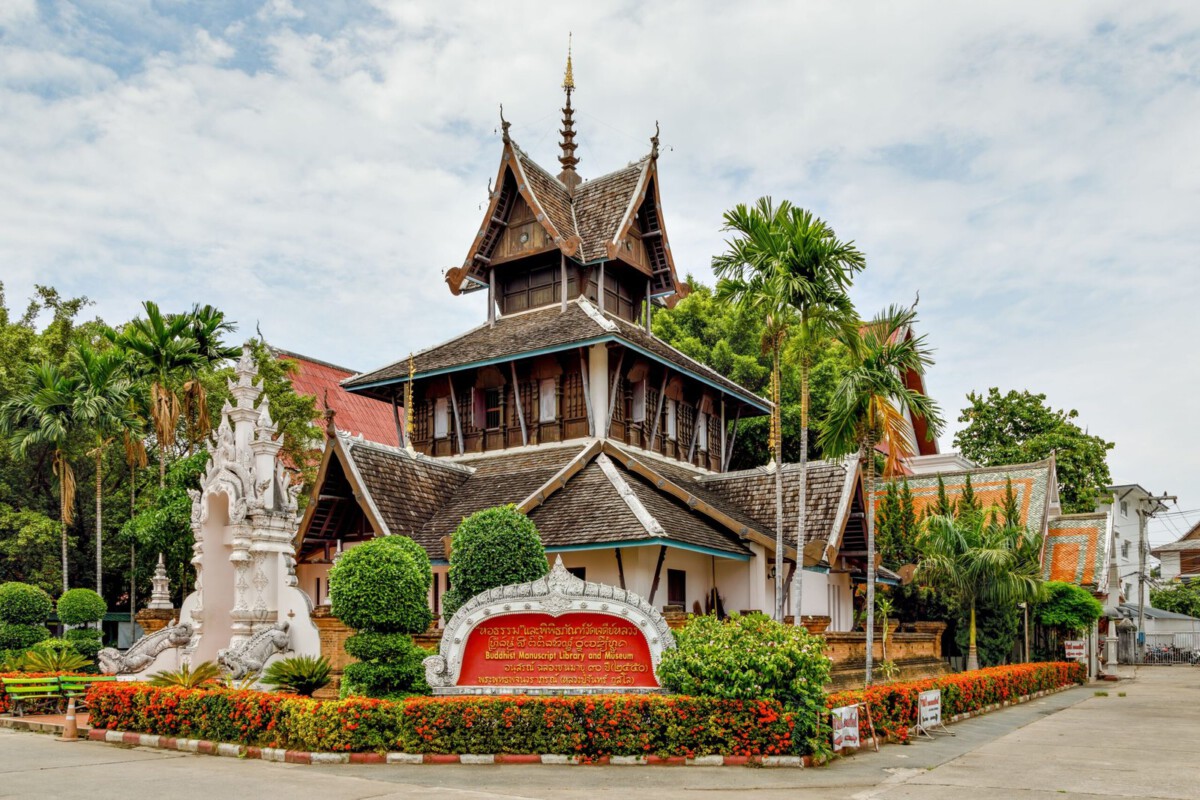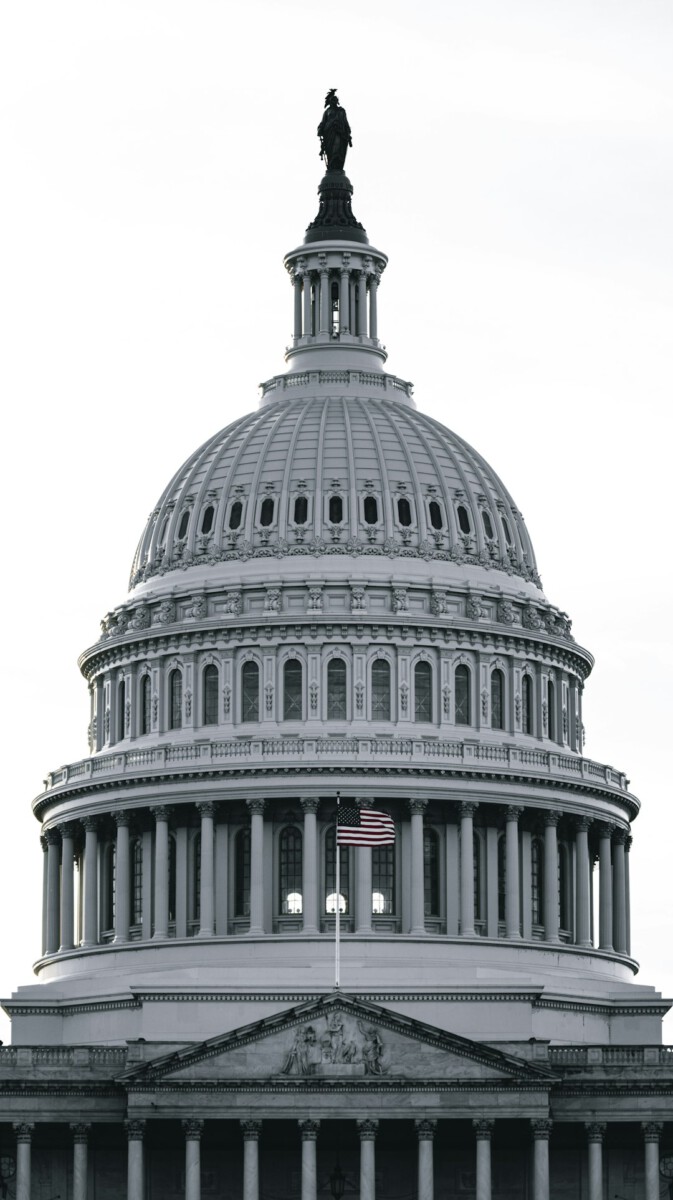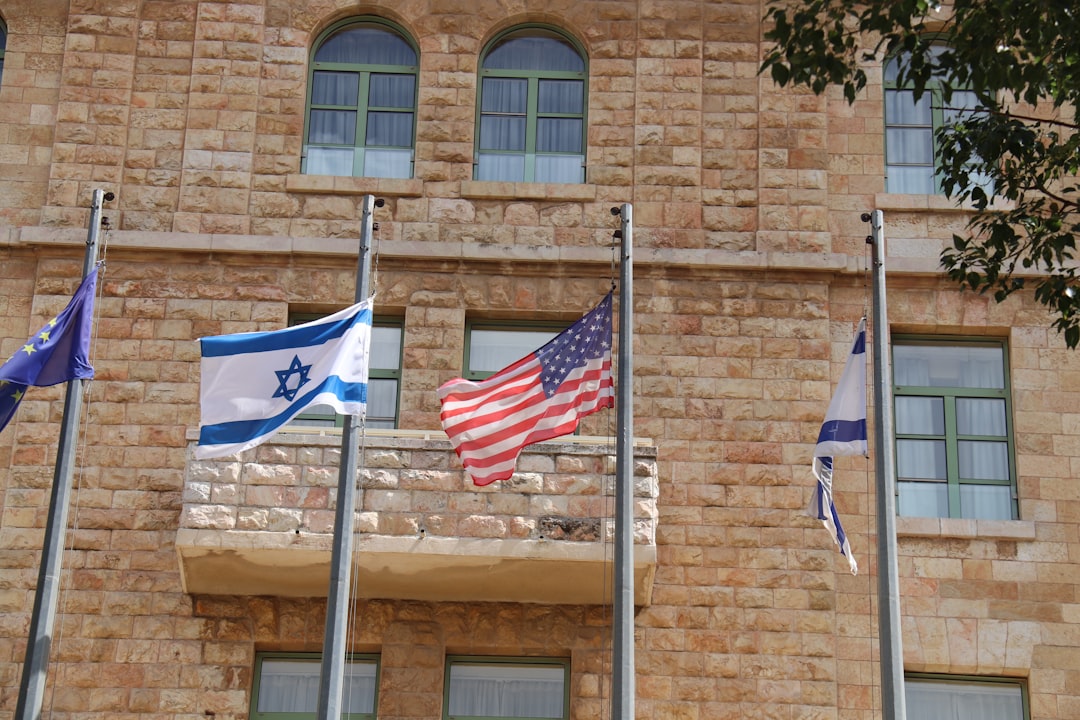Imagine standing at the border of a country you’ve dreamed about for years, only to see a sign that says, “No more visitors today.” The air smells different—fresher, as if the land itself is taking a deep breath after too many footsteps. You hear the hush of hushed voices and distant laughter from within, but the gate stays closed. This is not science fiction. It’s the new reality for some of the world’s most sought-after destinations, where the welcome mat is slowly being rolled back in the name of preservation, sanity, and survival. If you thought travel was all about open doors and endless possibilities, these seven nations are rewriting the rules—and maybe, just maybe, it’s for the best.
Bhutan Happiness Over Hordes
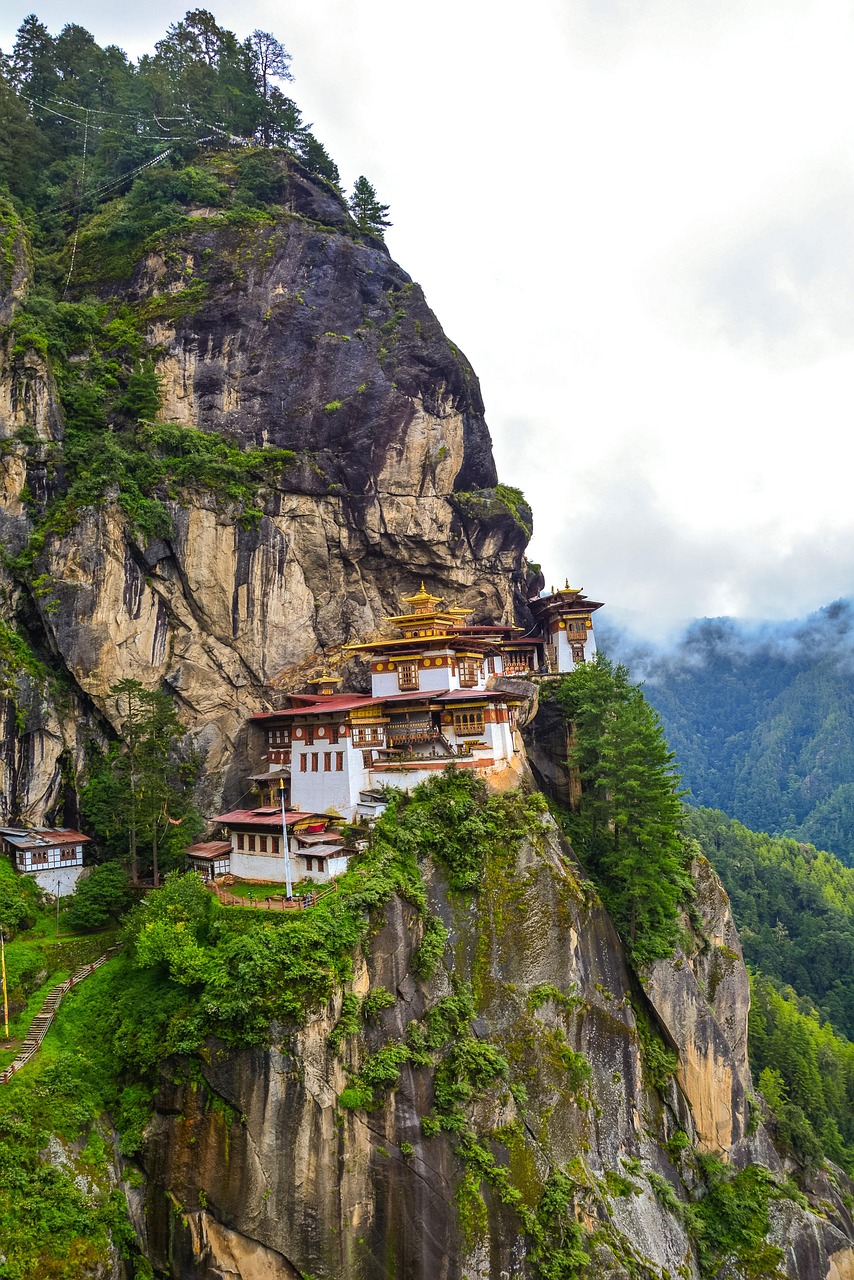
Bhutan doesn’t just want visitors; it wants the right visitors. This mystical Himalayan kingdom is famous for its “Gross National Happiness” philosophy, and the way it handles tourism is unlike anywhere else. Instead of opening its arms wide, Bhutan sets a steep daily fee—often between $200 and $250 per traveler—that covers your guide, food, stays, and more. This isn’t a tourist trap; it’s a filter. You won’t see massive crowds at Tiger’s Nest or on the streets of Thimphu. Instead, you’ll feel the crisp mountain air, hear monks chanting in ancient dzongs, and taste butter tea in a quiet farmhouse. The government’s message is clear: come if you value authenticity over selfies. Best time to visit? Spring and fall, when the valleys burst with wildflowers or the festivals light up the country in a riot of color.
Venice Turning the Tide
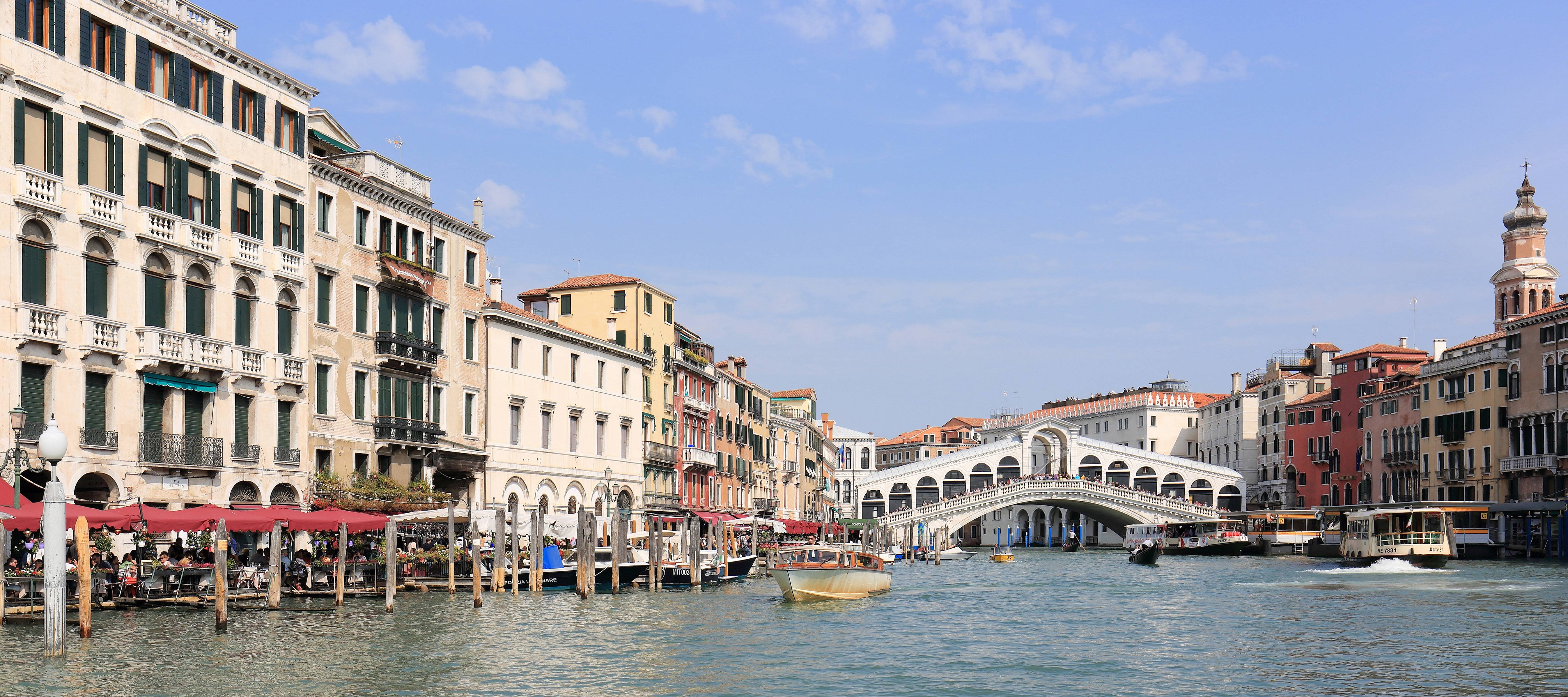
Step off the train in Venice and you’re hit with the scent of saltwater, the echo of church bells, and—if you’re lucky—an absence of the usual stampede. Venice has become the poster child for overtourism, with its fragile canals and ancient palazzos groaning under the weight of millions. In 2024, the city started charging a day-tripper tax and banning oversized cruise ships from the lagoon. Locals now breathe a little easier, and you can wander narrow calli without feeling like part of a herd. Want to see the real Venice? Come in winter, when the mists swirl around San Marco and the city feels like a secret. **Explore neighborhoods like Dorsoduro or Cannaregio for a slice of Venetian life away from the crowds.**
Iceland Nature Needs a Break
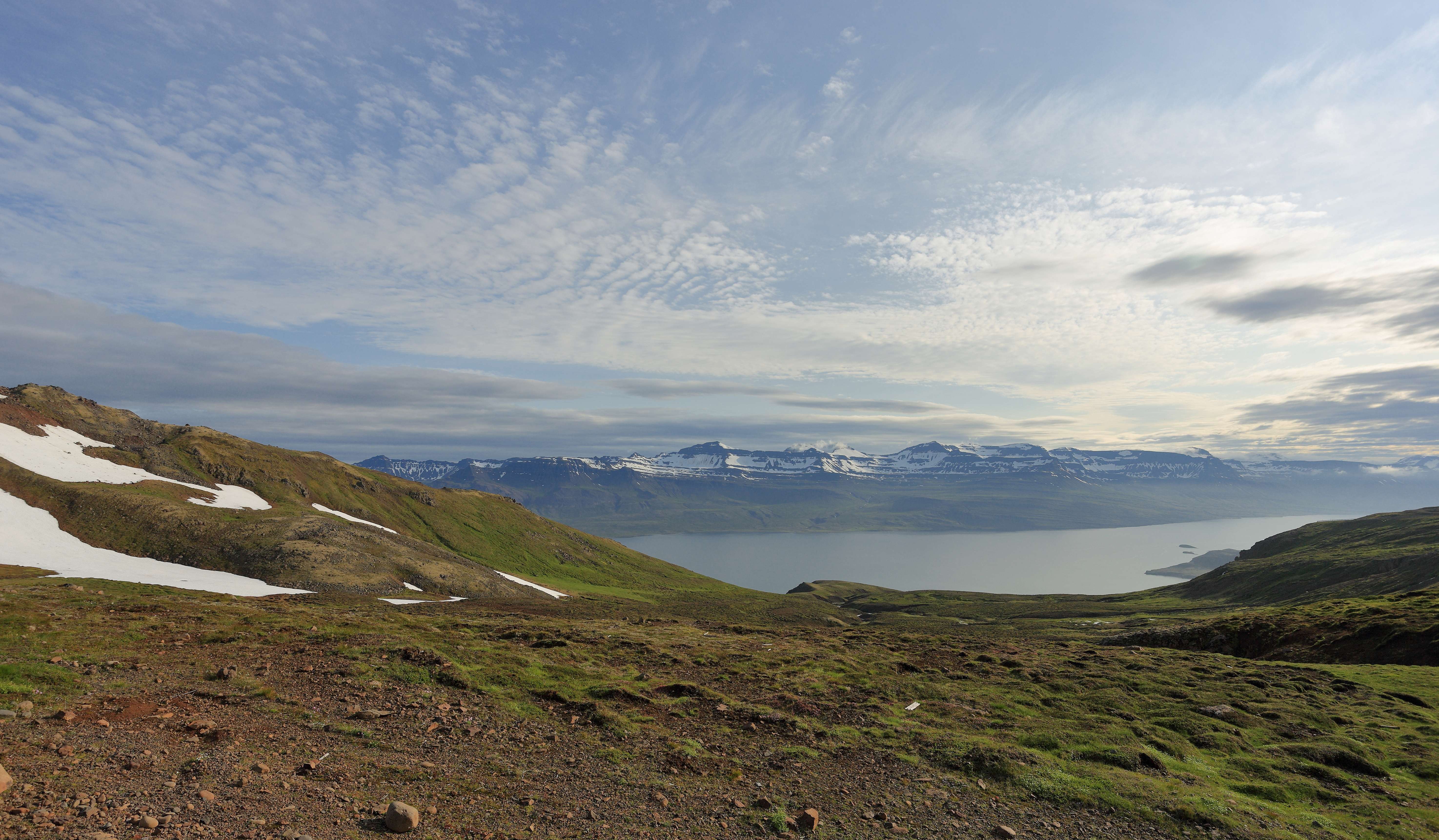
Iceland’s landscapes—volcanic deserts, thundering waterfalls, blue ice caves—have drawn millions with promises of otherworldly adventure. But the land of fire and ice is fragile, and the past decade’s tourism boom left scars. The government now limits access to places like the Blue Lagoon and Fjaðrárgljúfur canyon, and certain hiking trails close for recovery. There’s a fresh, earthy smell after a rain that you might miss if you don’t tread lightly. Locals urge visitors to stick to marked paths and avoid peak summer. **Shoulder seasons, like late spring or early fall, offer wildflower blooms and fewer crowds.** And always, always check local advisories before setting out—Mother Nature is in charge here.
Thailand Protecting Paradise
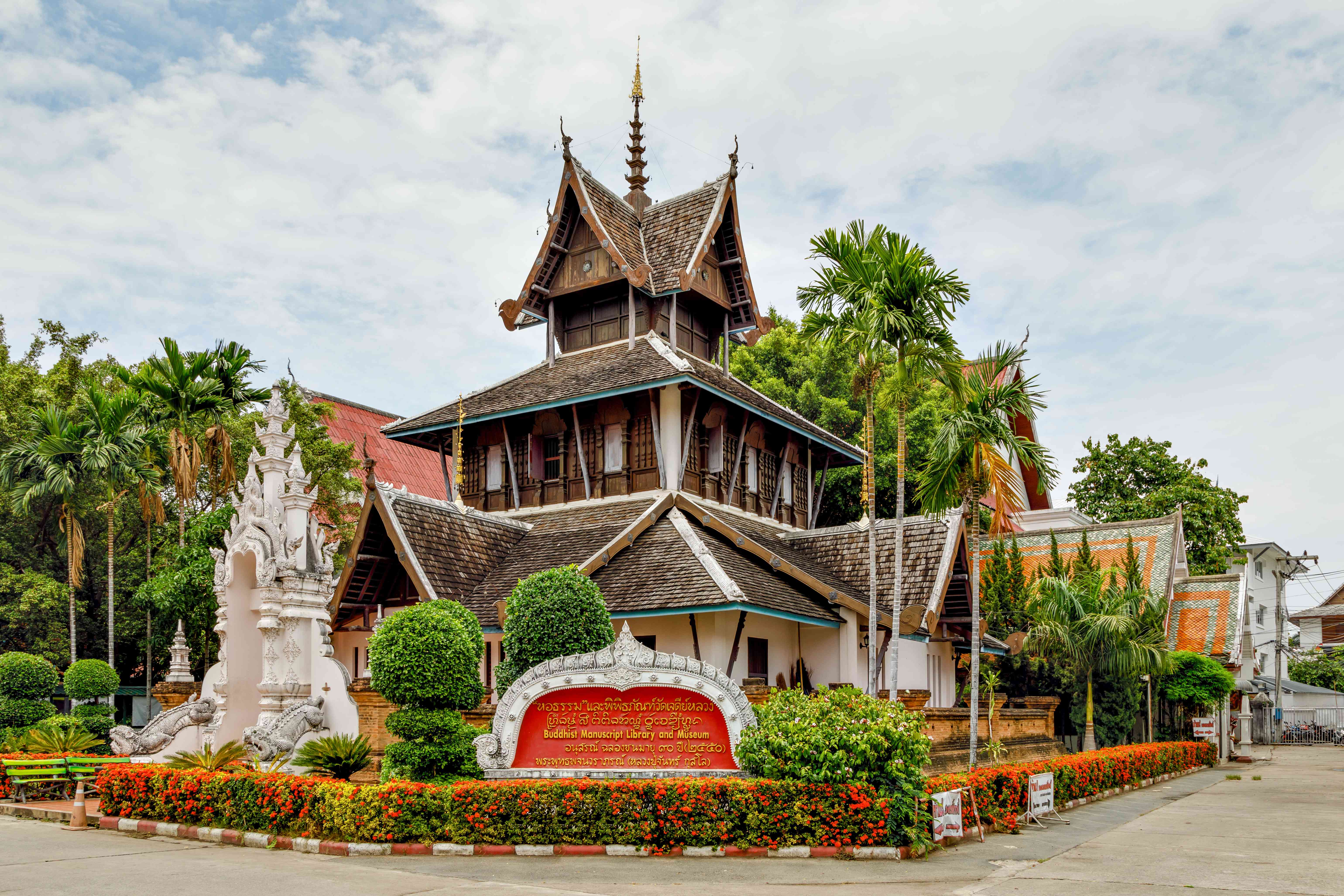
Thailand’s beaches, temples, and street food scenes have starred in a million bucket lists. Yet, some slices of paradise paid the price—Maya Bay, made famous by “The Beach,” was closed for years to let coral and wildlife recover. Today, access is strictly controlled and numbers are capped. When you walk the sands, you’ll notice the difference: the water is clearer, the silence deeper, the wildlife bolder. In places like Chiang Mai, festivals now come with rules about noise and waste. **Travelers are encouraged to seek out lesser-known islands, respect local customs (like removing shoes before entering homes or temples), and support eco-friendly operators.** The best times to visit are during the shoulder months, when the monsoon rains have passed but the crowds haven’t arrived.
Barcelona Enough Is Enough
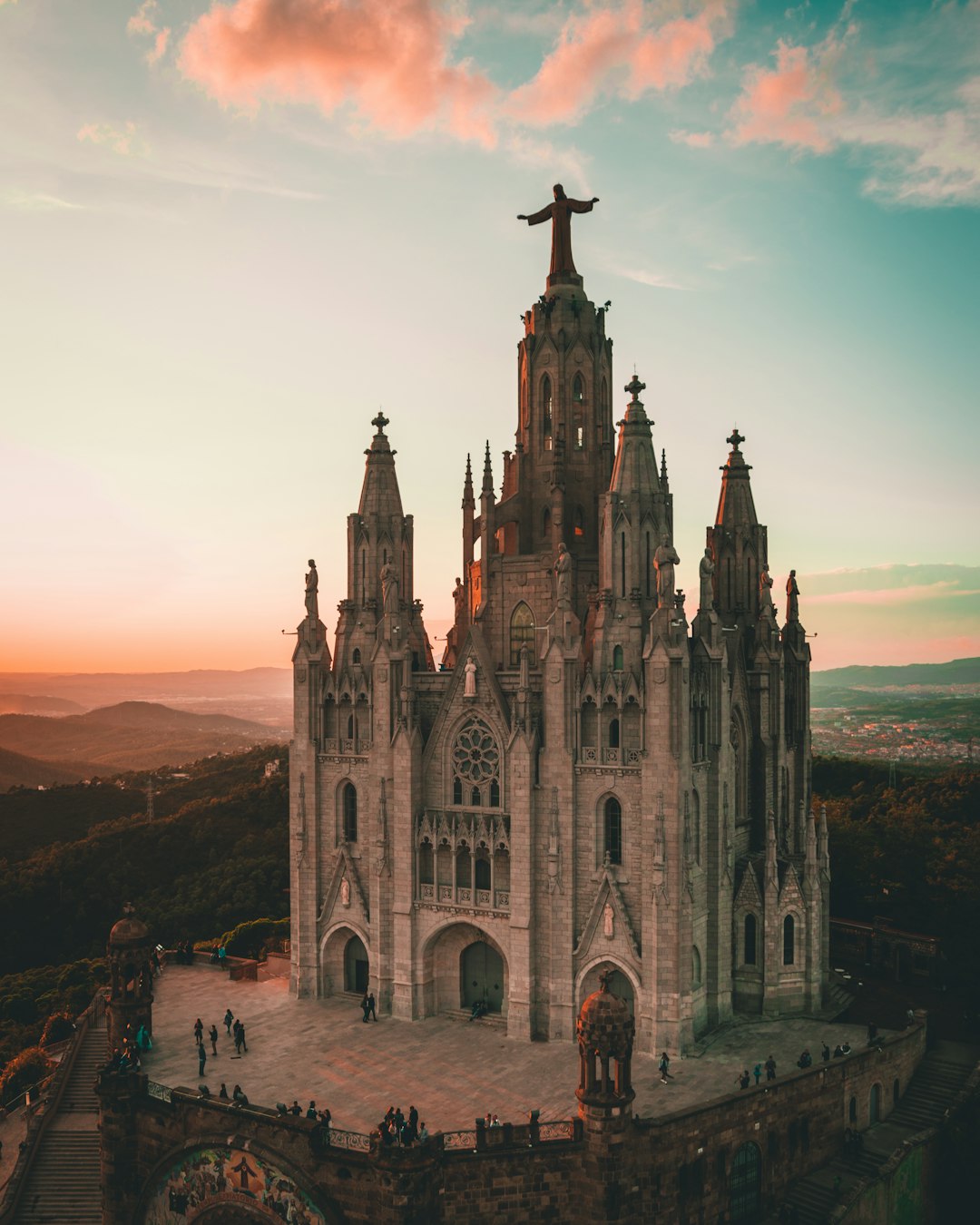
Barcelona’s energy is electric—tapas bars humming, Gaudí’s masterpieces glowing in the sun, and the Mediterranean breeze carrying laughter through the streets. But for many locals, the endless stream of visitors became too much. The city cracked down by limiting new hotels, hiking taxes on short-term rentals, and even organizing local “quiet hours.” Walk through El Born early in the morning, and you’ll hear the city’s true heartbeat, far from the busy Ramblas. Locals recommend exploring the hills of Gràcia or the seaside neighborhood of Poblenou for a more relaxed vibe. **Avoiding peak summer and major festivals can give you a richer, more authentic experience.** Remember: it’s not just about seeing the sights, but respecting the rhythm of daily life.
Machu Picchu Ancient Limits

Standing in the mist at Machu Picchu, you can almost hear the whispers of the Incas—and now, only a limited number of visitors get to experience this magic each day. Peru’s government capped daily entries at around 2,500, with timed tickets and strict routes through the site. The air is thin, the grass dew-soaked, and the silence profound. **Booking well in advance is a must, especially if you want to hike the Inca Trail, which itself has strict quotas.** The rainy season (November to March) means fewer tourists but more challenging conditions. Guides are required, both to protect the ruins and to share stories you’d never find in a guidebook.
New Zealand Conservation First

New Zealand is a land of superlatives—towering mountains, turquoise lakes, and forests that hum with birdsong. Yet, the government decided it was time to put conservation first. Visitor levies help fund environmental projects, and permits are now required for certain Great Walks and national parks during busy months. In Fiordland, the air smells of moss and rain, while in Abel Tasman, sand squeaks underfoot and tui birds call from the trees. **Travelers are urged to practice “leave no trace” and to be mindful of Maori customs and sacred sites.** The best experiences often come in the off-season, when trails are emptier and locals have time to share a story over a flat white.
Key Takeaways for the Savvy Traveler
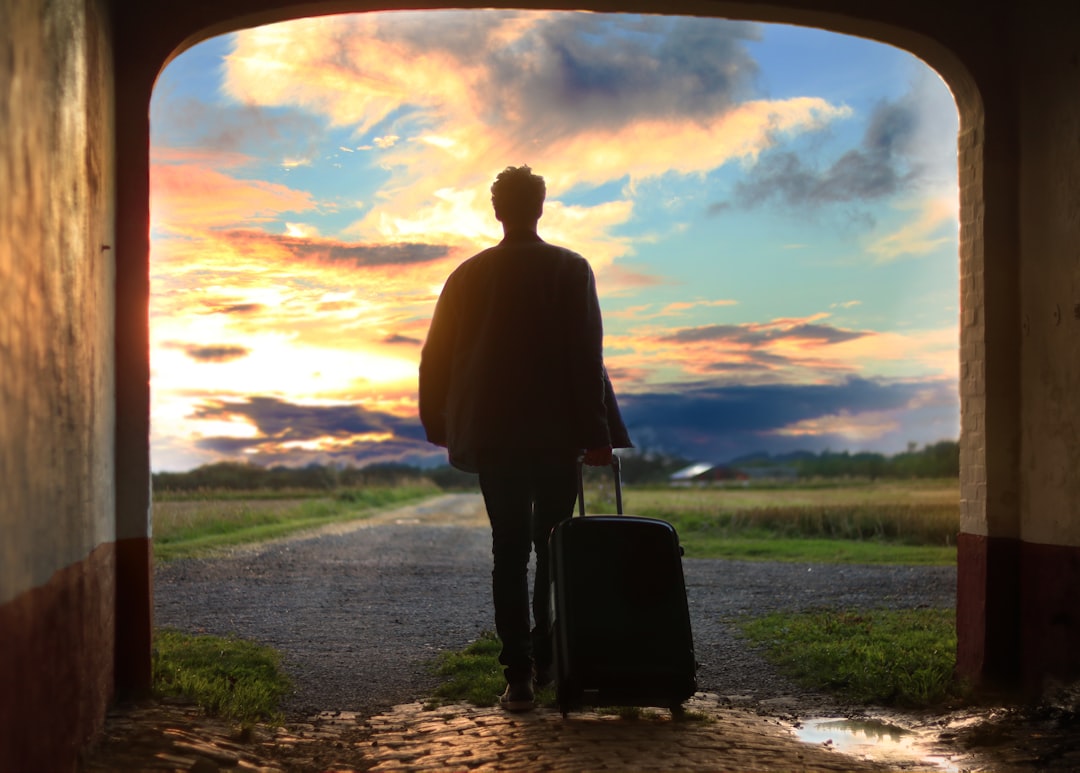
Tourism is changing, and so is your role as a traveler. These countries aren’t saying “never”—they’re saying “not so fast.” If you’re planning a trip to any of these destinations, research entry requirements and quotas weeks or months ahead. Consider traveling off-peak, exploring lesser-known regions, and supporting local businesses that give back to their communities. Simple gestures like learning a few words of the local language or following posted guidelines go a long way. The world is still full of wonders, but now, it asks us to tread a little lighter, listen a little harder, and leave a place better than we found it.

